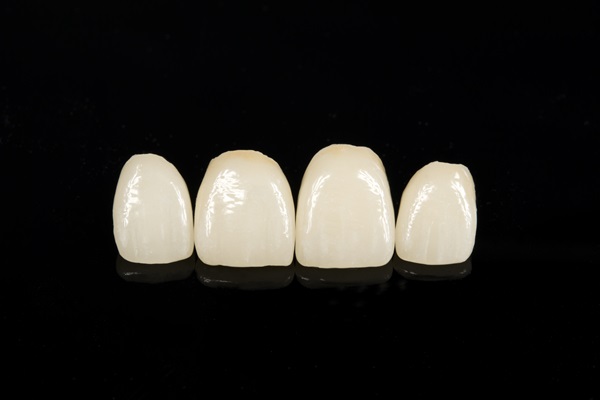The Steps of a Dental Crown Restoration

If you have an extensively decayed tooth or the filling applied is too big for your tooth to support it, your dentist will probably recommend putting in a dental crown. This is a prosthesis designed to look like a natural tooth, but it is hollow inside to fit over the damaged tooth. In addition to fixing the aesthetic issue of the teeth, it helps restore the function of your tooth as well. As a result, crowns are a durable and natural-looking tooth restoration option.
Impression and shade taking
For the first step, your dentist will take alginate impressions of your upper and lower arches. This is the model that both the temporary and permanent crowns will be based on. Your dentist will then place a temporary crown to protect your tooth while the permanent crown is created in a dental lab.
Preparation
To place the crown over the problem tooth, your dentist will need to remove some of the tooth’s enamel to make room for the hollow part of the crown to fit over the tooth. This is to make sure the tooth will not look bulky or unnatural once the crown has been placed. Of all the processes involved in this procedure, this is the most time-consuming part. Your dentist will use a local anesthetic to ensure you are comfortable during the enamel-removing process.
Taking of final impression
To ensure that the crown created fits perfectly and looks natural, your dentist will need to take final impressions of your teeth once they have been prepared for the crown. They must take extra care during this step, as it can affect the results of the permanent prosthesis created by an off-site lab.
Creating a temporary crown
This step serves more than just a cosmetic purpose. Temporary crowns are necessary to form a barrier to protect the exposed part of the tooth where the enamel has been removed. A temporary crown will also keep the prepared tooth from shifting out of place.
Application of the permanent crown
The creation of the permanent crown is usually completed in about two weeks. Once the permanent crown is ready, and the dentist has gotten it from the lab, you can schedule an appointment to have it placed. But, before the crown is placed, your dentist will need to clean the tooth, which may require local anesthesia thoroughly. Your dentist will also check the proper placement of the crown and the adjacent teeth to avoid future issues.
You will make slight adjustments to give you the best fit and ensure aesthetics, longevity, and proper bite. Your dentist will also provide you with care and maintenance instructions that you will need to follow to get the most out of your new crown.
Schedule an appointment with your dentist today if you are interested in getting dental crowns.
Request an appointment here: https://waynedentalcare.com or call Wayne Dental Care at (610) 293-1227 for an appointment in our Wayne office.
Check out what others are saying about our dental services on Yelp: Dental Crowns and Dental Bridges in Wayne, PA.
Related Posts
A dental crowns, also called a cap, forms the tooth's outer covering, protecting the tooth from decay and damage. A crown does not eliminate the need to visit your dentist in the future; you will still need to have your teeth professionally cleaned and examined regularly by your dentist. However, it can certainly help restore…
You may have heard of dental bridges as a type of restorative treatment at the dentist’s office. It is one of the various options the dentist can explore to restore smiles and the full function of the mouth. As you consider this treatment along with other possible solutions, it is helpful to understand how bridges…
For patients missing multiple teeth, All-on-4® dentures are an excellent restorative option. These implant-supported dentures can transform a patient's smile. Many patients prefer this type of denture, as it is more secure and natural-looking than a regular denture.Before committing to this procedure, patients need to understand the process. The dentist should explain the benefits of…
ClearCorrect is an increasingly popular teeth-straightening treatment. Many people have to cope with crooked or misaligned teeth and an uneven smile. If this describes you, you may have explored braces as a treatment option in the past. On the other hand, many people do not want to wear braces since they are conspicuous. Braces are…
